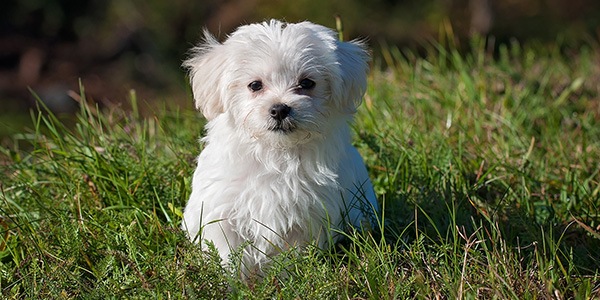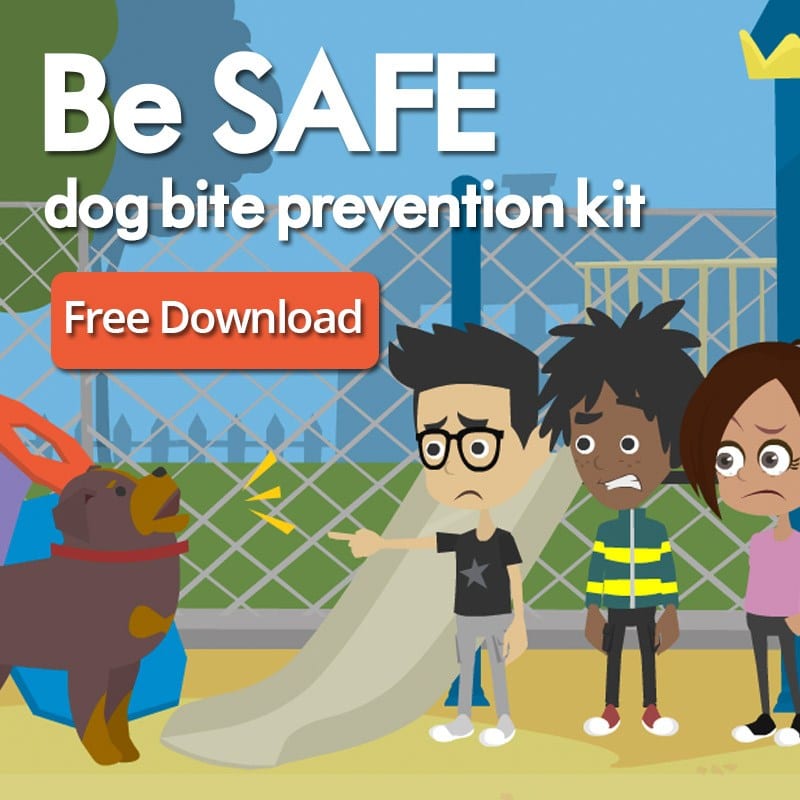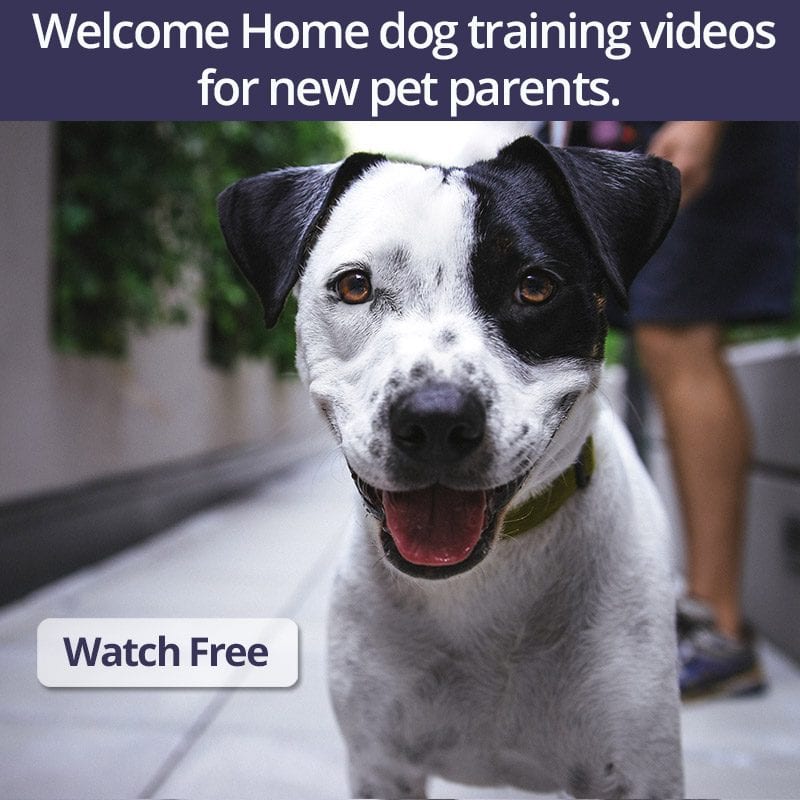There are several things that every puppy parent can do to set your new puppy up for success. This week, I’m talking about house-training. For many puppy owners, house-training is a priority and there are many simple strategies to help you and your puppy gain the skills needed for potty success.
Most young puppies, much like toddlers running around the house without a diaper on, are apt to “go” wherever and whenever the need arises. The key to house-training success is having your puppy at their outside “potty spot” when their bowel and bladder are full. It’s all about timing, supervision, and feeding routine.
Three essentials for house-training success:
- Timing: Follow a consistent schedule of taking your puppy out to their “spot” after every feeding, play/activity, resting/sleeping. Deliver not just verbal praise, but also a valued food reinforcement (a yummy treat) immediately after your puppy is successful outside.
- Supervision: When your eyes are not on your puppy, they are in their containment space (their crate), don’t allow your puppy free range of your home.
- Feeding Routine: Puppies will instinctively not want to soil where they eat and sleep, so use this instinct to your advantage by feeding your dog all over the house. Move the bowl, toys and crate around in the house, so your pup gets used to the whole house being their eating area.
Other quick tips for house-training success:
- Puppies often go multiple times, particularly in the morning. So you really have to take them outside, watch them go, and give them a few minutes to completely empty themselves, even if it is raining and cold outside.
- An empty bladder and bowel means “you can come into the house and play”, but still be supervised. Don’t let your puppy come back inside and roam if you don’t know if they have gone potty.
- If you catch your puppy in the act of going, try to get them outside to finish, but don’t scare the crap out of them (no pun intended) in the process. You don’t want your puppy so freaked out they become afraid to go in front of you outside too.
- If you find a mistake, just clean it up. Don’t scold or punish the puppy. That won’t help anything. In fact, your puppy will just rather sneak off and go behind your back. Re-evaluate your plan and figure out who was supposed to be supervising when the accident occurred.
- Clean up mistakes with an enzymatic cleaner specifically made for pet stains. Not vinegar! Other stain cleaners won’t get our smell out and they’ll just keep going back to that spot.
- Feed your puppy near the area where they had a mistake. It is a puppy’s instinct to not potty where they eat or sleep, so you can help puppy understand that the whole house is there den by feeding them meals all around the house.
- Keep a journal of successes and near misses. This is a great way to track progress and pinpoint why mistakes keep occurring.
If you are having issues, it’s always best to consult your veterinarian to rule out infections or parasites which could contribute to a pup’s house-training problems. Remember to be patient and consistent. Your puppy will get the hang of house-training with a little help from everyone in the family.
Next week in the Welcome Home blog series, I’ll be talking about managing a puppy that guards its food bowl. Food can be serious business to a puppy, but you want to be aware of possible negative behaviors and resource guarding related to eating from day one. Also watch our companion Welcome Home video series to see all these great tips in action and catch up on past blogs in this series.
As always, if you have a new puppy, please share your experiences, successes and challenges. Good Dog in a Box is here to help you improve your relationship with your dog.





Leave a Reply
Want to join the discussion?Feel free to contribute!